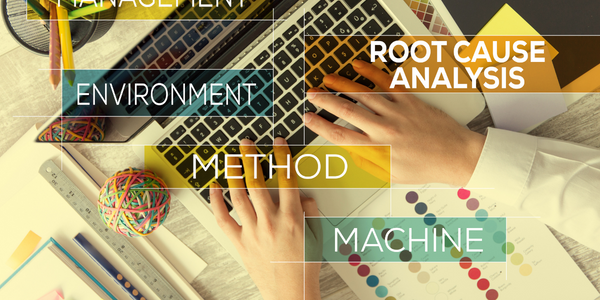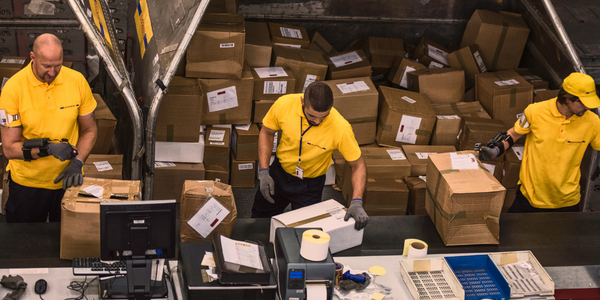Customer Company Size
Large Corporate
Region
- Europe
Country
- Russia
Product
- QlikView
Tech Stack
- Oracle
- Excel
- Unicus
- Parus-Buhgalteria
Implementation Scale
- Enterprise-wide Deployment
Impact Metrics
- Customer Satisfaction
- Productivity Improvements
Technology Category
- Analytics & Modeling - Real Time Analytics
Applicable Functions
- Business Operation
- Sales & Marketing
Use Cases
- Demand Planning & Forecasting
- Predictive Quality Analytics
Services
- Data Science Services
- System Integration
About The Customer
AlfaStrakhovanie Group is the largest insurance company in Russia, offering over 100 products. The group has over 380 regional offices throughout Russia, which serve approximately 1.5 million private individual customers and more than 100,000 companies. The company has a complex structure and handles large data volumes. It needed a tool that would provide high-quality integration of various information sources, calculate specific Key Performance Indicators (KPIs), and generate detailed slices of analytical data. The company was looking for a solution that would meet its complicated demands.
The Challenge
AlfaStrakhovanie Group, the largest insurance company in Russia, needed to boost the efficiency of its analytical processes to support its dynamic growth and widen the competition gap in the insurance market. The company was using accounting systems and Microsoft Excel to create their analytical reports, which was time-consuming and required manual execution for certain operations. The group’s leadership decided that by the end of 2010, all the business’ reporting capabilities would be centralized into one single system. Regional business units required a centralized supply of real-time information and this could be provided by the right BI tool. Furthermore, a BI tool was expected to improve the corporate process for report generation.
The Solution
AlfaStrakhovanie Group implemented QlikTech’s Business Intelligence (BI) tool, QlikView, to provide information on loss ratios with dozens of variables and offers an end-to-end real-time solution for decision making on tariff rates and insurance premiums. Sales and marketing analytical data about new insurance products in QlikView is presented with individual product comparison and timeline capabilities, featuring the number of contracts and insurance premiums for each and product and associated marketing campaigns. QlikView provides real-time analysis of trends and dynamics of each insurance product, monitors the success of product offering campaigns and allows for the timely correction of sales operations. The implementation of QlikView has brought analytics at AlfaStrakhovanie to another quality level.
Operational Impact
Quantitative Benefit

Case Study missing?
Start adding your own!
Register with your work email and create a new case study profile for your business.
Related Case Studies.

Case Study
IoT Data Analytics Case Study - Packaging Films Manufacturer
The company manufactures packaging films on made to order or configure to order basis. Every order has a different set of requirements from the product characteristics perspective and hence requires machine’s settings to be adjusted accordingly. If the film quality does not meet the required standards, the degraded quality impacts customer delivery causes customer dissatisfaction and results in lower margins. The biggest challenge was to identify the real root cause and devise a remedy for that.
Case Study
Pepsico's Transformation to Smarter Sales Forecasting with Designer Cloud
PepsiCo, a global consumer packaged goods company, faced a significant challenge in calibrating sales forecasting to supply the right product quantities to its retailers. The sales forecast incorporated a variety of data, including warehouse data, store stock data, and promotional forecast data, all of which were provided by retailers in different file formats and delivered using various methods. The primary challenge was the speed of preparing a sales forecast. With the existing Microsoft Access and Excel-based processes, the time required to prepare this data was so extensive that analysts could only leverage it once a month or not at all. This inefficiency risked under or oversupplying retailers, potentially impacting PepsiCo's business operations and customer relationships.

Case Study
Prevent Process Inefficiencies with Automated Root Cause Analysis
Manufacturers mostly rely on on-site expert knowledge for root cause analysis. When the defective product is sent to lab for analysis, it is laborious and always a post-mortem one. Manufacturers that collect data from IT and OT also need a comprehensive understanding of a variety of professionals to make sense of it. This is not only time consuming, but also inefficiencient.

Case Study
Digitization of Pharmaceutical Packaging Machines: A Case Study of CVC Technologies
CVC Technologies, a leading manufacturer of pharmaceutical packaging machines, was seeking an end-to-end IoT solution to fully digitize their pharmaceutical liquid filling and capping machines. The company aimed to enhance the safety of their equipment, introduce digital maintenance capabilities, and gain visibility into machine status from anywhere at any time. The challenge was to find a solution that could provide real-time visibility into the machine's status, deliver direct cloud connectivity and digital services, and simplify all aspects of the machine's lifecycle, from engineering to maintenance.

Case Study
Gexa Energy and AutoGrid's Innovative Demand Response Programs in ERCOT
Gexa Energy, a leading retail electricity provider in Texas, was seeking to introduce new demand response programs for its commercial and industrial customers in the Electric Reliability Council of Texas (ERCOT) market. The challenge was to provide a platform that would allow these customers to lower their energy bills by adjusting their energy consumption during peak energy demand or high wholesale electricity prices. The solution needed to be intelligent, scalable, and offer both manual and automated options for adjusting energy consumption. The demand response programs needed to include Emergency Response Service (ERS), Real-Time Price Response (RTPR), and 4 Coincident Peak (4CP).

Case Study
CleanTelligent Enhances Janitorial Software Solutions with Infor Birst
CleanTelligent Software, a company that aids in-house and contracted janitorial teams in streamlining communication and improving quality control, faced a significant challenge. Their clients were demanding a more dynamic way to present reporting data. The company's software was primarily used to analyze and summarize a custodial team's performance, replacing a highly manual, paper-driven process. However, the initial differences between service providers in the janitorial industry are often unclear, and the cost of switching is comparatively low. This situation led to high client turnover, with a janitorial company's customer lifetime averaging four years or less. CleanTelligent needed to improve the customer experience with dynamic dashboards and reporting, retain customers through predictive analysis, capitalize on advanced analytics capabilities to build market differentiation, and improve client retention rates.







